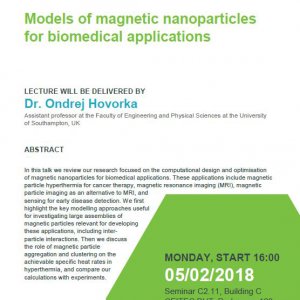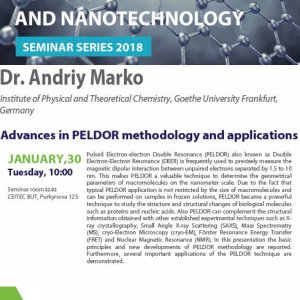ROS AND AUXIN CROSSTALK DURING PLANT DEVELOPMENT AND STRESS ADAPTATION
| Project Number / Acronym | 333844 / ROS-auxin |
| Funding scheme | 7th Framework programme – People |
| Call identifier | FP7-PEOPLE-2012-CIG |
| Start Date / Duration | 1st April 2013 / 48 months |
| Project cost | EU funding 100.000 EUR |
|
Project Coordinator /Person in charge of scientific aspects |
Masaryk University, prof. Jiří Fajkus |
| Researcher |
Dr. Vanesa Tognetti |
ABSTRACT
Environmental cues represent the major hardships to crop productivity worldwide. Therefore, elucidation of plant stress adaptation networks has become a main biotechnology research objective.
Auxin and its distribution rates play key roles in many aspects of plant growth and development, which largely depend on the spatiotemporal control of auxin homeostasis. Upon stress, increased reactive oxygen species (ROS) production affects auxin homeostasis and can lead to a reorientation of growth as part of the stress induced morphogenetic responses (SIMR). Conversely, auxin can trigger a programmed and cell-specific ROS generation to signal developmental and stress responses. There are now clear research evidences that reciprocal interaction between ROS and auxin signalling pathways are the main players of the SIMR, which modulate plant growth and development to attenuate deleterious effects of stress.
On the other hand, environmental factors primary affect photosynthesis, compromising plant growth and yield. Basically, photosynthesis acts as global stress sensors activating photosynthesis adaptation and stress responses, which directly affect ROS and auxin homeostasis. Notwithstanding the large number of evidence showing interplay between ROS and auxin on photosynthesis, research on this topic has not been addressed and much of the work that has been done centres on ROS-auxin crosstalk in heterotrophic tissues. Although ROS-auxin interplay is being intensively studied, the mechanisms underlying their crosstalk are poorly understood. In this respect, molecular insight into the nature of ROS-auxin crosstalk remains scarce.
The project aims to decipher how environmental and developmental signals are integrated by ROS-auxin crosstalk and to unravel the underlying mechanisms that synchronize stress-induced growth reorientation and photosynthesis adaptation, vital for plant survival.
PROJECT AIMS
Due to the importance for plant health and productivity, ROS-auxin crosstalk networks require more focused studies to unravel the underlying mechanisms. Therefore, the aim of this long term research project is to decipher
1) how environmental stress-related signals and plant development are integrated by crosstalk between ROS and auxin regulatory networks
2) the molecular bases of chloroplast-auxin interplay involved in plant stress adaptation and development.







